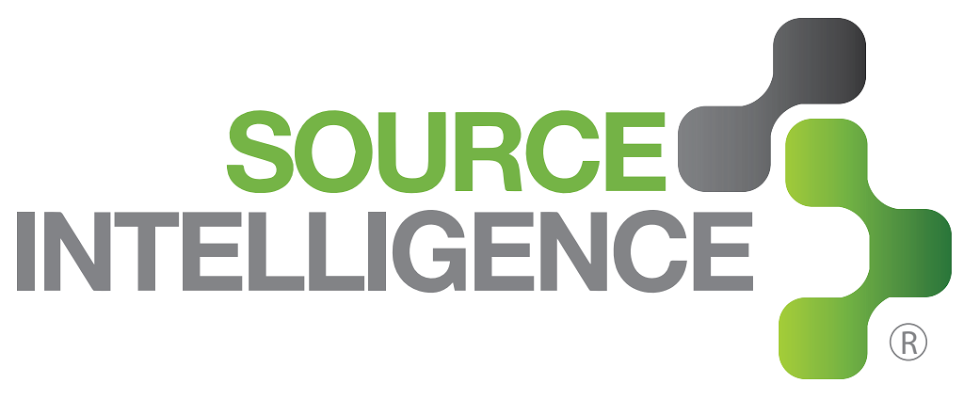Conflict Minerals Compliance Basics: RCOI
Breaking down the basic terminology of conflict minerals compliance

Next up in our “Conflict Minerals Compliance Basics” series we are going to cover your Reasonable Country of Origin Inquiry (RCOI). If you have initiated your conflict minerals compliance program, you likely began your process by carefully filtering your products to identify those that may contain gold, tin, tantalum and tungsten (3TG) necessary to functionality or production. Based on this focused list, you are now ready to initiate a Reasonable Country of Origin Inquiry (RCOI) by working with companies throughout your supply chain.
RCOI Process
The goal of the RCOI is to trace the origins of necessary conflict minerals in your products and gather intelligence as to whether these minerals came from the DRC or adjoining countries. The essential elements of a RCOI are: identifying and engaging relevant suppliers; data collection, management, and quality assurance; and assessment to determine whether further Due Diligence is required.
Identifying Supplier Contacts
Based on your list of products requiring 3TG tracing, contact information for the relevant individuals at your Tier One suppliers should be assembled (names, telephone numbers and email addresses). Although this may seem like a simple step, experience indicates fairly extensive contacts may be required to pinpoint the best person within an organization to engage on conflict minerals and to establish effective lines of communication. Most companies only have a contact that acts as an account manager, so the work of tracking down the proper contact could take some time and effort. Discrepancies in part numbers (e.g., typographic errors, discontinued parts, inaccurate cross-walks between internal and supplier unique IDs) can also complicate the process. If possible, communications should include both your own internal P/N as well as the P/N of your supplier so that cross-referencing later on will be easier. It is prudent to build additional lead-time into the compliance process to account for these potential initial roadblocks.
Engaging Suppliers
Once appropriate points of contact within Tier One suppliers are identified, a good practice is to provide background information on the Conflict Minerals regulation itself. Depending on your industry and products, some or even many of your suppliers may have limited or no knowledge of the regulation and its provisions (e.g., private companies and those located outside the U.S.). In addition to telephone and email communications, Source Intelligence uses its on-line platform to house information on Rule requirements that suppliers can access throughout the data collection process if they have questions. It is also useful to provide an overview of your compliance program and its goals and requirements.
The importance of receiving timely and accurate information should be stressed, for example, by including a letter from a senior executive within your organization in your initial communications and data requests. Suppliers may be at first reticent to provide information they consider confidential and critical to their business advantage and success. It will be important therefore to include mechanisms in your program to allow for supplier confidentiality, anonymity and potentially the execution of Non-Disclosure Agreements (NDAs).
Defining an escalation process is also recommended to address non-responders. No matter who at your organization, or third-party service provider, is handling the program, the first introduction should come from a person with whom the supplier is familiar. Seeing a name they know will increase the likelihood that a supplier will read the email, and respond.
Data Collection and Management
Once your program has been introduced to your suppliers and lines of communication established, data collection can begin. The Electronic Citizenship Coalition (EICC) and the Global e-Sustainability Initiative (GeSI) Conflict Minerals Reporting Template is the current industry standard for collecting conflict minerals information up the supply chain, but it is not the only solution for data collection
Regardless of the method or platform used, key information to obtain includes: the location of the facility or facilities that are associated with the production or storage of the products being traced; a list of materials that are included in the products which may contain conflict minerals or where conflict minerals may be necessary in the production process; and contact information for the companies supplying the materials that meet the criteria above. This process should continue until the smelters or refiners of recycled or scrap materials have been identified.
It should be expected that multiple telephone and/or email contacts will be required to complete the data collection process with a given supplier, and that communications, surveys and templates will need to be provided in multiple languages. Meetings and telephone contacts to follow-up on missing data and questions will need to be scheduled appropriately based on time zones.
Clearly the RCOI conducted by your organization will be a cornerstone of your conflict minerals compliance program. Not only will it require a significant amount of labor and other resources, but it should be viewed as your “first pass” at identifying conflict minerals risks hidden within your supply chain. Successfully identifying these risks will require a thorough, well-organized system of data collection, and reasoned review of the collected information. The number of products and suppliers passed to the Due Diligence process will subsequently impact the level of work required in auditing and reporting, highlighting the criticality of a RCOI done right the first time.
If you wish to learn more about RCOI you can check out Source Intelligence’s white paper, “RCOI: Essential Elements for Tracing Conflict Minerals in Your Supply Chain.”

